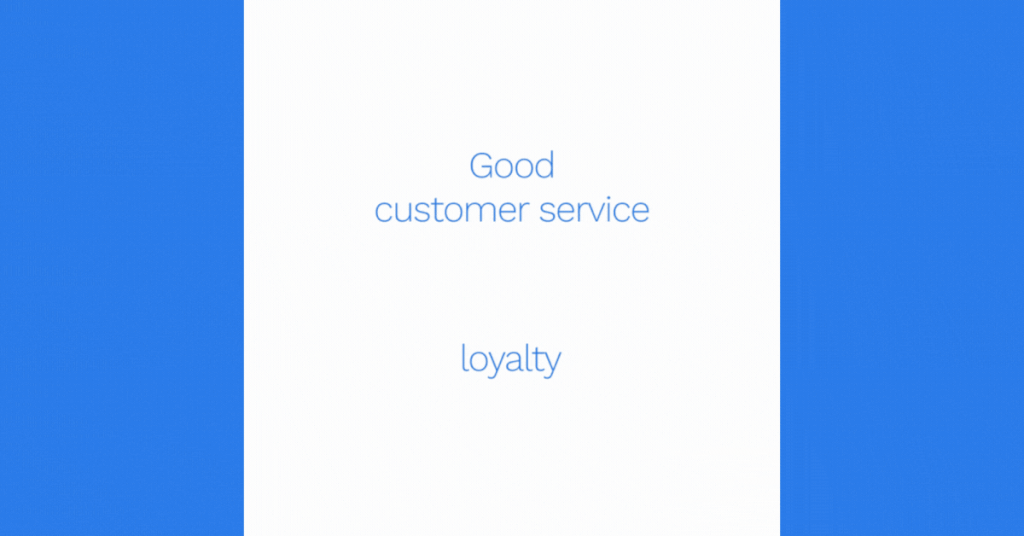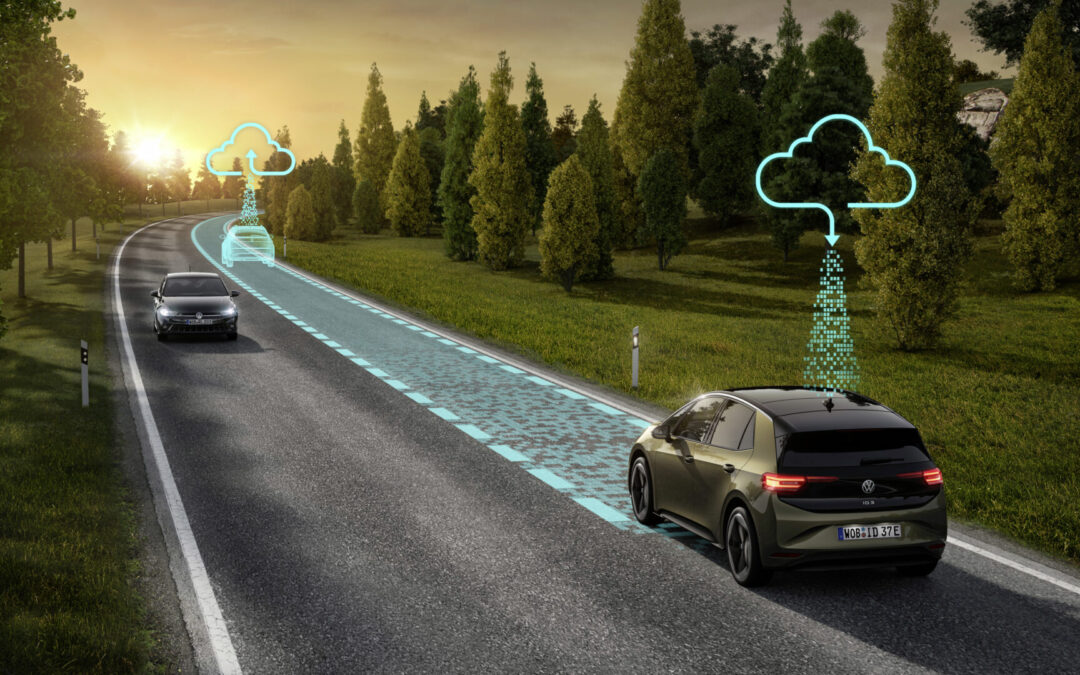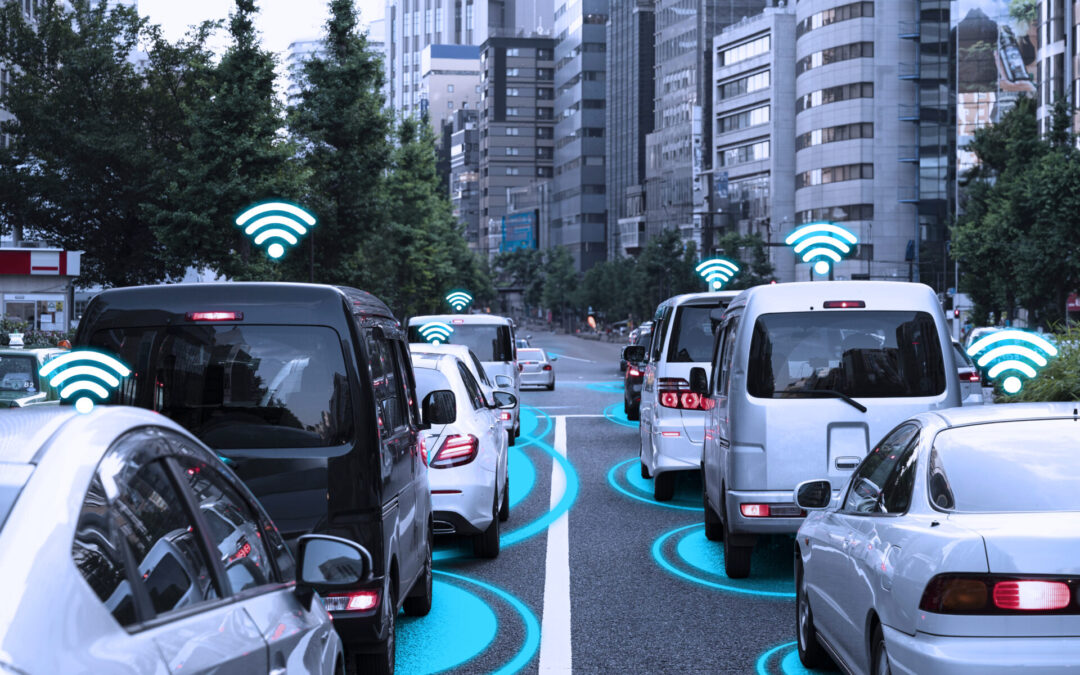Aftersales customer journey is important to understand from start to finish. Customers’ loyalty in the digital age is no longer based on your pricing or product offering. Instead, they remain loyal to dealerships because of the experiences they have had. In fact, 86% of people are prepared to spend more for a positive customer experience. As a dealership, you must know your present and future customers in order to deliver a highly personalized experience. This needs a large amount of data and the technology and analytic capability to evaluate these insights and provide tailored messaging across the appropriate channels and at the appropriate time. In this article, we’ll shine a light on the most current customer research in the automotive industry, so you can put the findings into practice and improve your customers’ experiences.
Millennials disrupting the status quo

Autonomous vehicles, connectivity, electrification, and shared mobility will drive substantial changes in any OEM’s business model, but its customer experience performance must improve to match. Millennials will account for nearly 45% of vehicle owners by 2025. OEMs must understand and cater to millennials’ preferences as the largest new vehicle-buying group. In the next five to ten years, manufacturers must look outside the industry to meet customer wants. Due to OEM size, complicated sales and service networks of independent dealers, and fear of cannibalization, the automotive industry has reacted slowly to new customer-experience realities. Not only Generation Y and Z, but even older generations demand a smooth experience. As a dealership, you should provide aftersales as much care as sales. Why? Aftersales is the most profitable segment, accounting for 20% of industry revenue.
The increasing significance of online experiences

Quintegia’s Automotive Customer Study from 2022 found that 63% of customers like ordering maintenance online, 52% like checking vehicle availability, and 41% like managing administrative problems. Online shopping is also growing. 38% of customers want to buy their next car online but need to see and touch it. This data highlights physical and digital buyer journey elements. For 90% of respondents, it’s extremely or very important that the dealer interacts based on specific interests and wants. 90% of respondents feel the dealership is the best venue to encounter the brand’s values and identity. Human capital is key and serves as the first brand ambassador. Empathy and competence are also critical in developing a reliable service. 64% of respondents favor a high-quality reseller over the cheapest. Digital technologies are becoming increasingly vital for online customer experience and assistance.
Sales and aftersales customer journey
Customers often handled differently than sales customers. During the sales process, a customer might have chosen to be reached by email or text message, but the workshop usually calls for the first service. Inconsistencies may seem insignificant. For time-pressed customers who want to connect fluidly across all channels without repeating the same information, it might be the difference between a mediocre, excellent, or great customer experience. Even within a single customer journey, a vehicle owner may begin at the brand’s website and submit an inquiry, then participate in an online or messaging app chat before visiting the showroom, and they may have a distinct experience at each point. Only 4% of vehicle owners will use the same brand again after a poor experience, compared to 96% who will after a great one. Automotive stakeholders should focus on transforming the customer experience via technology.
Leveraging predictive data analytics to enhance the aftersales customer experience

The best way to give your customers a great experience and stay competitive is to keep them informed and connected. Utilizing vehicle data improves aftersales customer journey by allowing workshops to set reasonable customer expectations for the day, time, length, and duration of the repair. This enables predictive vehicle maintenance.
Predictive maintenance workshops provide a number of advantages:
- Reduced unplanned vehicle downtime
- Increased productivity, capacity, and quality in the workshop
- Increased reliance technicians
- Reliable and consistent vehicle operations that improve the vehicle ownership experience.
Vehicle owners find it difficult to bring their vehicles in for servicing. It is frequently viewed as inconvenient, as it involves deception regarding the vehicle’s problem. Consider a dealership that employs a connected CRM system to record customer and vehicle information, making automotive problems easier to manage. Connected vehicle data enables all of this. Even at this degree of personalization, directly addressing vehicle ownership difficulties and incorporating value-added convenience features affects the consumer experience.
What can a dealership achieve with Connected Cars?

With the ConnectedWorkshop, dealerships can manage their customers in a proactive and data-driven way. The fuel of the system is real-time vehicle data, that shows various crucial technical information about a connected customer’s vehicle. By taking action based on this data, dealers will not only become proactive, but they can automate these processes, and be customer-centric and efficient. It allows dealerships to manage vehicle issues for their customers before or soon after they occur. Furthermore, this proactive approach to maintenance discourages customers from seeking vehicle maintenance elsewhere. In the long run, it wins new customers and converts ‘somewhat’ loyal customers into ‘extremely’ loyal ones.






